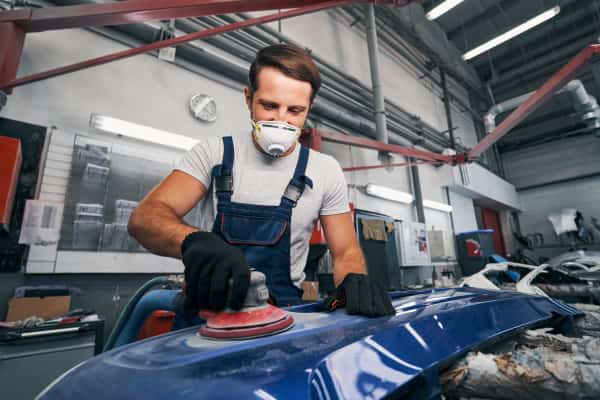 Which Automotive and Motorcycle Primer to Choose?
Which Automotive and Motorcycle Primer to Choose?
Our range of automotive and motorcycle primers includes a complete selection of professional-grade products, available in aerosol cans or pots. Theses primers are generally used in the phases of preparatory work for painting on cars, motorcycles, bicycles... as well as on many other materials across various industries.
Behind the general term "primer" lies a variety of products designed either to level the surface or to ensure adhesion.
When do you need a primer?
✅ Necessary on raw and bare material (metal, plastic, glass, carbon)
✅ Necessary for scratched and damaged surfaces or on filler
✅ Highly recommended under a color-coded automotive or motorcycle paint
❌ Not necessary on an existing paint, resin or gelcoat
Is a Single Primer Sufficient?
♣ It is often necessary to apply both an adhesion primer and a surfacer primer to level and perfect the surface. Using a specific primer ensures long-lasting durability and prevents peeling.
Here is a list of primers and surfacers for all types of surfaces :
► Filling surfacer primer – normal or fast drying
► Metal primer – various types
► Chrome primer
► Carbon fiber primer
► Plastic primer
► Glass and ceramic primer
► Concrete primer
► Leather primer
► Wood primer
► PVC primer
See details below.
3 important tips:
♣ Know exactly the type of material before starting a paint job!
♣ Properly prepare the surface : applying a primer alone is not enough!
♣ Always apply the minimum necessary thickness to avoid peeling.
What is a primer?
Primers include all products (adhesion primers and surfacers) that form the base and preparatory layer before applying paint to any material.
They prepare the surface by ensuring adhesion, protecting against oxidation, or leveling. A single primer rarely performs all three functions simultaneously!
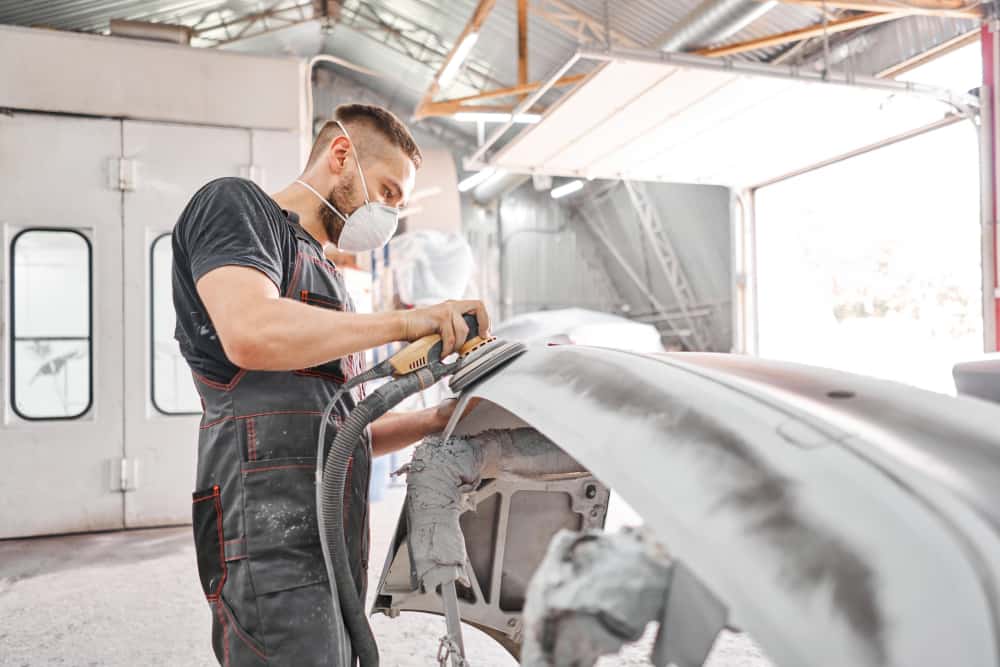 How to choose the right body paint primer?
How to choose the right body paint primer?
For each material type, a specific primer exists. For example, our product range includes primers for glass, ceramics, plastics, metals, carbon, wood, etc.
⚠ Why is it recommended to use a specialized primer Instead of a general or “universal” primer?
Aerosol primers, commonly used in automotive painting and other applications (home decor, furniture, modeling, marine industries, etc.), generally provide **adequate adhesion and anti-corrosion properties. However, their primary function is to level surfaces with a thick layer, creating a perfect finish after sanding.
For high-quality work with optimal adhesion and durability, we recommend using a material-specific adhesion primer, and applying a surfacer primer to level the surface. This is especially important for materials with difficult adhesion, such as aluminum and plastic.
Here's a brief description of the different types of primers in cans and aerosol for bodywork.
Classic primers
Primers act as "surfacers" or filling products, mainly designed to modify surface texture rather than ensure adhesion.
They are thick and help fill scratches, micro-holes, filler marks, and uneven areas.
Most automotive primers adhere well to steel and ferrous metals but perform poorly on non-ferrous metals and plastics. Their anti-corrosion properties are minimal.
There is a very thick primer and a thinner fast-acting primer. Their texture is light and thick, as primers are designed to be removed by abrasion. They should dry quickly and be easy to sand. As many coats as required can be applied to prime an irregular surface.
There is no such thing as a “self-levelling” primer, i.e. it is not possible to paint directly over a primer. It is always necessary to wait for the primer to dry completely and then sand with P320 then P500.
Primers also have the function of creating a homogeneously colored base coat, enabling paint to be applied with the right color. We offer them in various colors of white, shades of gray (RAL 7016, 7035, 7040...) and black.
Primers are available as monocomponent or bicomponent. Bicomponent versions are generally more efficient and thicker professional versions.
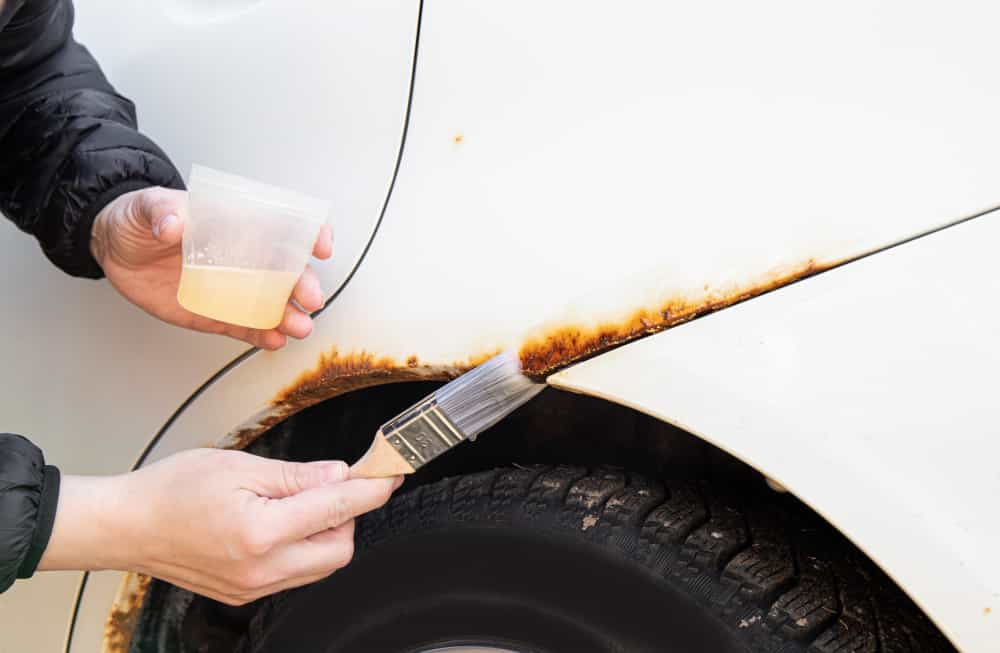 Primers for metals
Primers for metals
Metal primers have a dual function : to adhere to bare metal and to provide lasting protection against corrosion.
When painting a metal surface, it's essential to know the nature of the metal.
There are different types of primers for different metals :
► Ferrous metals: anti-corrosion and adhesion primer AS801
► Non-ferrous metals: alloys, aluminum, zinc, galvanized... There is a phosphating primer in a spray or can form that's effective on steel, iron.
► Epoxy primer 294 : this is a high-performance adhesion primer that adheres to and protects metals in the most extreme conditions. It's a 2-component product used when the highest level of durability and protection is required.
The adhesion primer for chrome
This metal is probably the hardest and most resistant of all metals. No primer can properly and permanently bond to its surface. SILAX primer is the only primer that offers direct adhesion and is an alternative to spotting and sandblasting on all chromes. It is a very fine, transparent primer with a temperature resistance of 300°C. This primer can be covered directly with paint in a relatively short time, as it dries very quickly.
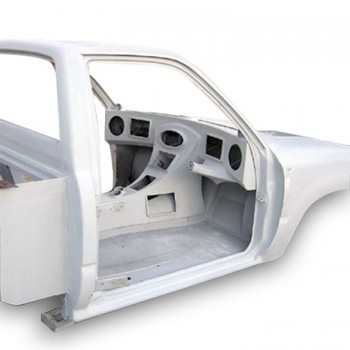 Primers for plastics
Primers for plastics
We should talk more about plastics than about plastic, because there are a variety of different plastics with different properties. There are plastics that are very easy to adhere to, and there are plastics that are very tough and very difficult to adhere to: this is particularly true of the plastics used for both Quads and bumpers, namely polyethylene and polypropylene. Stardust is a specialist in the field of plastics treatment and offers the first adhesion promoter for PP PE plastics, which works naturally on all other plastics. We would like to draw your attention to the fact that, when it comes to plastics, preparing the substrate before applying the adhesion promoter is extremely important.
Carbon primer
This highly specific primer is increasingly used, especially in the world of bicycles. Carbon frames require a special adhesion primer to guarantee good adhesion over time and avoid paint peeling off in the event of impact.
Carbon adhesion primer is a kind of two-component clearcoat, available for application by spray gun or spray can. After application, it must be allowed to dry completely, then sanded before covering.
Primer for glass and ceramic
All surfaces such as glass, bottles, flasks, vases, etc. are glazed, shiny and hard, obtained by curing at high temperatures. These materials are difficult to adhere to, and all paints will peel off if a glass primer is not used.
We offer both an adhesion clearcoat for glass and ceramics, but also a one-component, transparent primer, which is applied just before applying the paint. Glass surfaces simply need to be prepared with a good cleaning or degreasing. It is possible to use a flame to promote adhesion before applying the primer.
Primer for concrete
This is a 2K epoxy paint. This product is widely used in parking lot floors. This product is widely used on parking lot floors. The epoxy formula not only provides its natural adhesion properties, but also resistance to all kinds of wear and tear, from water to chemicals, acids and fuels. The concrete primer will effectively infiltrate the concrete in its first (more diluted) coat, and then form a thick, glossy and resistant second coat.
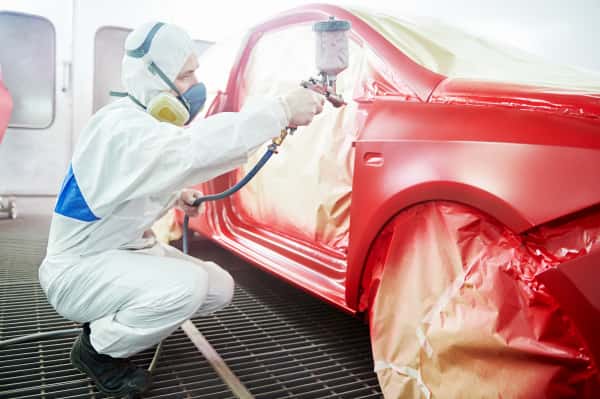 Primer for wood
Primer for wood
Wood is not a difficult material to hang or adhere to: on the contrary, it is a very porous material which allows any product to be absorbed.
Wood should always be primed before painting, because it soaks up liquids ! Various primers are available on our site. A filling surfacer can be used to create a leveling layer that effectively impregnates the wood, making it non-porous.
We offer an 1010 epoxy wood impregnation primer: it is a solvent-free, odorless, bicomponent clearcoat that creates a glossy layer and deeply penetrates the wood.
Leather primer
This product is used in the fashion and upholstery industries. It is effective on both natural and synthetic leathers and can be applied to boots, vehicle seats, and more. It is a transparent and tintable primer. Available in solvent-based or water-based versions. One of its main properties is its flexibility.
Primer for PVC
PVC is a unique plastic, available in both rigid and flexible versions. It is used in doll manufacturing, pool covers, industrial applications, and more. Our PVC liquid primer blends directly with PVC upon contact, forming a highly durable and flexible layer that dries immediately. Available in transparent or colored versions
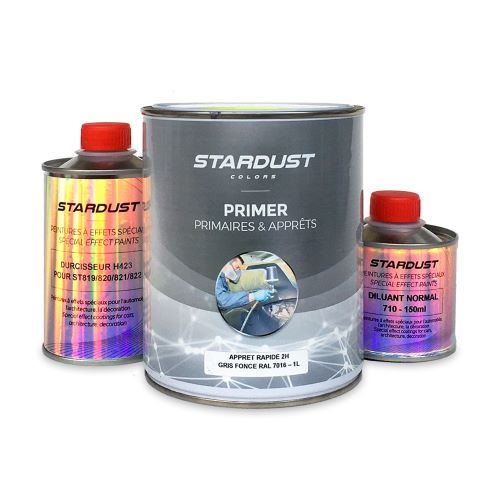 Application Tips
Application Tips
Apply the minimal necessary amount—excessive primer thickness can cause peeling (except for filling surfacers, which allow unlimited layering). For better adhesion, apply a light mist coat first, then one or two normal coats a few minutes later.
Whatever your specialty or current project, take a moment to explore our extensive range of specialized primers in the “automotive primer” category.
Recoating
A primer must always be painted over to ensure a strong bond between layers and prevent future peeling.
There are two recoating methods: "Wet-on-wet" (within 5–10 minutes of application), or After full drying and sanding (P500 grit max). Never sand beyond P500, as adhesion decreases with finer grits.
Two versions : monocomponant or bicomponent
Spray primers are offered in two versions, either monocomponent or bicomponent for “professional quality”.
It should be noted in particular that for primers, it is not necessarily the case that two components are required for high-level adhesion. The addition of a hardener provides thickness and resistance, for example for filling primer aerosols, the hardener allows a significant load and thickness.
On the contrary, for metals, we offer 3 specific, single-component primers: to adhere, it is neither necessary nor recommended to apply a great thickness, as these can cause peeling.
Mixing and diluting car, motorcycle or bicycle paint
Technique for preparing substrates
How do I paint over stickers or adhesives ?



















































































